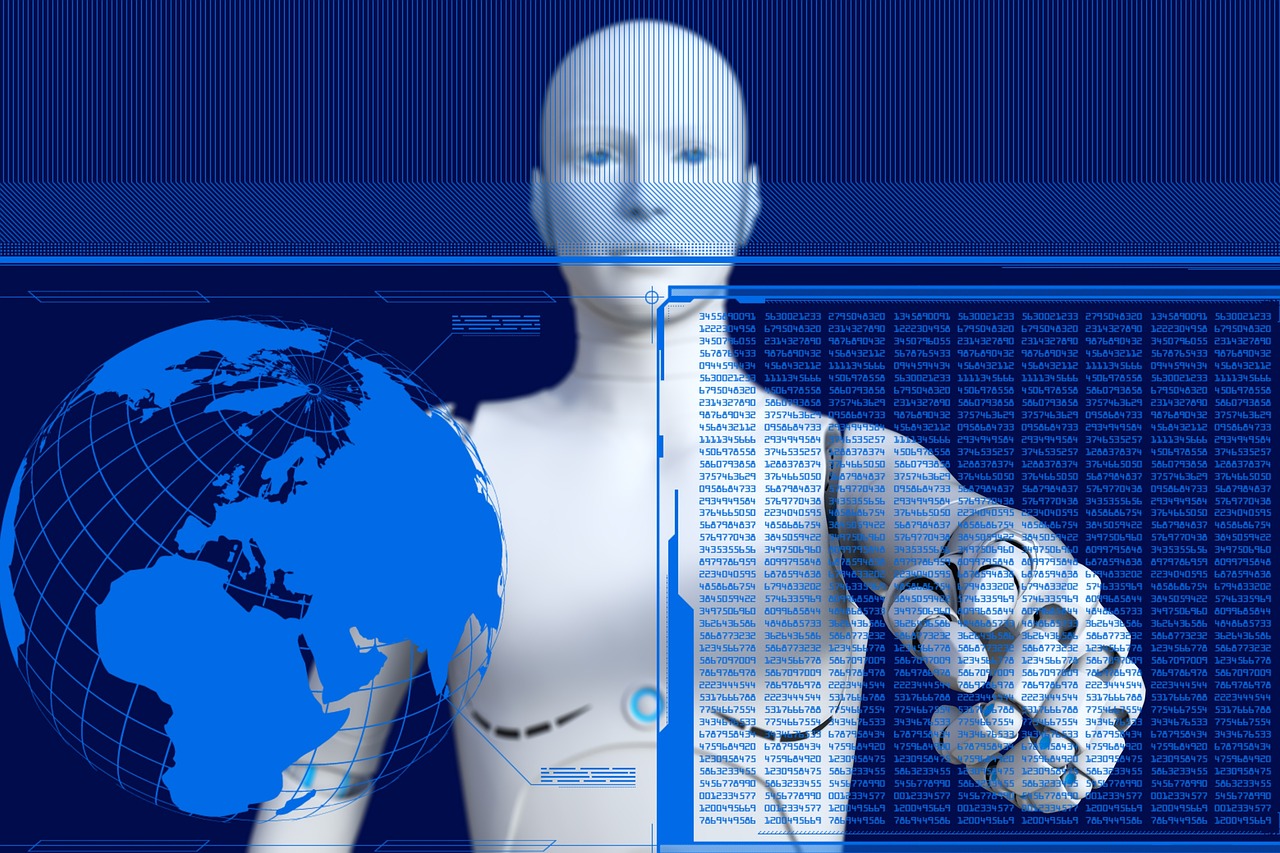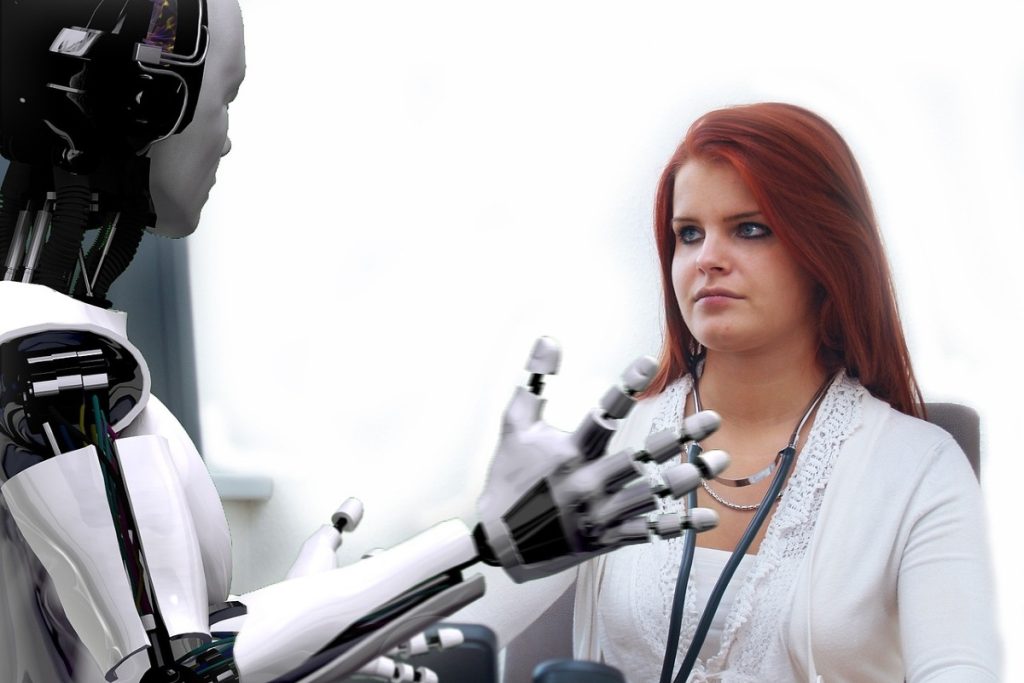Since last year, we’ve known that robots can somersault, box, and run 100 meters in 10 seconds. Videos from Chinese and US research and development labs regularly amaze on social media. And sometimes even send shivers down the spine, like the robot dogs capable of military use. On the one hand, they demonstrate the enormous progress that machines have recently made, particularly through the use of artificial intelligence. This allows robots to adapt their behavior much more quickly and learn virtually independently and react to situations, instead of requiring complex programming and training for each step.
Almost like a Human
They can now walk (almost) like a human, pick up objects, quickly dodge obstacles, and find their balance. A few years ago, this was barely possible; even human walking was too complex. On the other hand, even today, these massive robots still seem ponderous: What a young person can do easily with a little practice is barely possible for machines. But as in so many areas of development, the same applies here: robots will never be as bad as they are today. Nevertheless, the question remains: Why do developers make it so difficult for themselves by trying to make robots look like humans? Four-legged or rolling machines are much easier to develop, and industrial robots have long been superior to humans in professional applications. Humanoid robots have three key advantages: They can be integrated relatively easily into existing infrastructures and environments such as offices, homes, or factories without major modifications. They can also directly utilize existing tools and equipment already developed for human users. Finally, their human-like nature facilitates easier interaction between humans and machines, as humans can intuitively predict and understand the movements and behaviors of these robots. All of this will facilitate the acceptance of robots in a wide variety of applications.

At the same time, the advantages of these machines are easy to recognize and their productivity can be measured: They (like other robots) can be used in environments that are highly dangerous for humans – whether in space (Vyommitra of the Indian Space Research Organization), the deep sea (OceanOne, Stanford University), or disaster zones. They can work without breaks, with constant precision and exact application of force. This will enable them to perform sensitive production steps faster in the future, while simultaneously reducing waste. In the future, they could also be a response to demographic change, whether in care, service, warehouse work, or as household help, among other areas. The Horváth management consultancy expects that the investment in a humanoid robot will pay for itself in just 1.36 years. The consultants assume an initial purchase price of €80,000 to €120,000. Some are available for as little as €16,000, while others cost €150,000. Just a year ago, prices were around 80 percent higher.
Robots become more and more affordable
An additional €4,000 per year would be required for maintenance and repair, Horváth calculates. However, if the robots are manufactured in large quantities, the purchase price could even drop to below €50,000 by 2030. Given these numbers, robots are likely to spread rapidly. As software — especially AI — continues to advance in the coming years, robots are likely to become increasingly more productive and more versatile.
Find the full study here.










